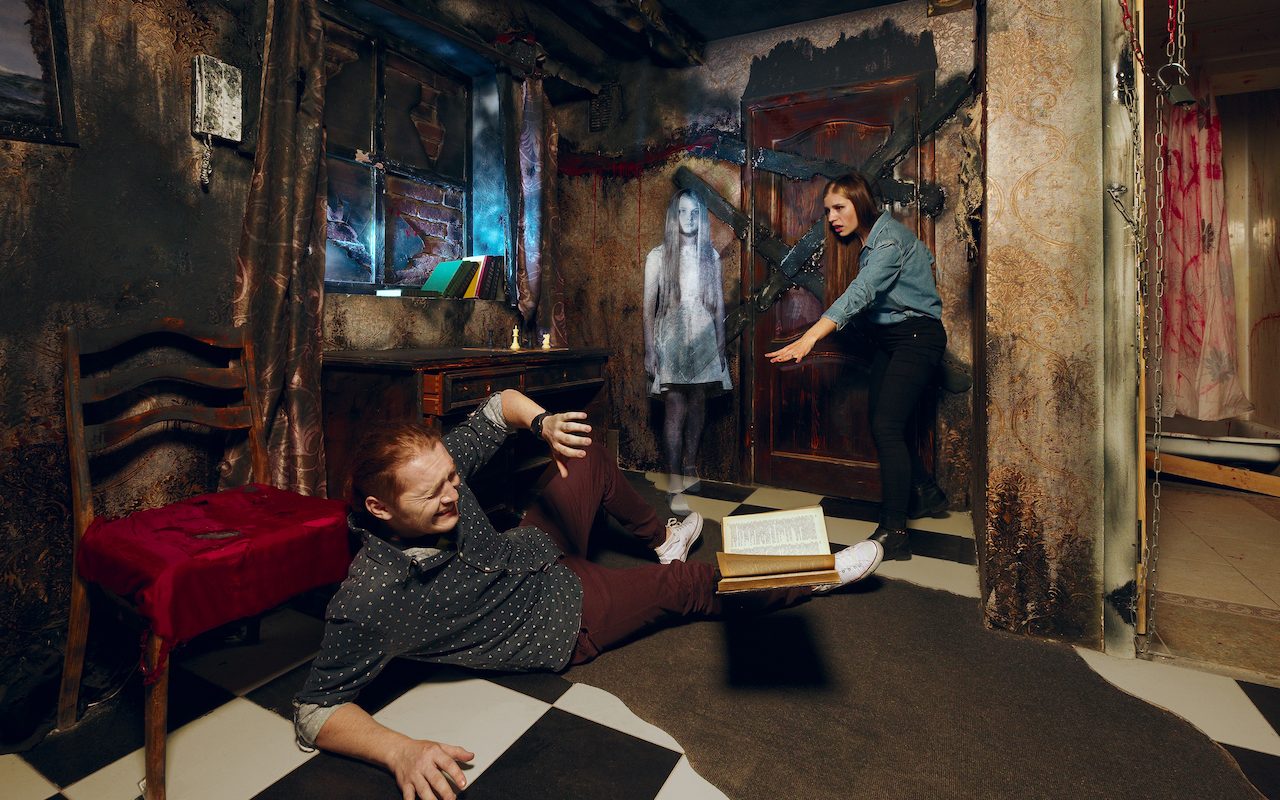Discover the Best Escape Room in Minneapolis-- Reserve Your Experience
Team Techniques: Just How to Collaborate Successfully in a Retreat Space
Navigating the intricacies of an escape area necessitates even more than simple excitement; it requires a well-coordinated method grounded in clear interaction, tactical duty jobs, and adept time management. Teams have to proactively pay attention per participant's understandings, assign roles that align with specific toughness, and maintain routine check-ins to ensure focus and protect against redundancy. By fostering an environment that values communication and versatility, teams can significantly heighten their performance and success prices. The nuances of these strategies can change the experience, however how precisely can they be executed to take full advantage of the possibility for success?
Establish Clear Interaction

To facilitate clear communication, it is necessary to assign a main factor of get in touch with for info dissemination. Brief, concentrated updates from each group participant can keep the group informed without overwhelming them with information.
Appoint Roles Tactically
While clear interaction sets the foundation for efficient teamwork, appointing functions tactically makes certain that each team participant's toughness are used efficiently. In a retreat area scenario, the time-sensitive and complicated nature of challenges necessitates an efficient approach to job delegation. By identifying and leveraging individual proficiencies, groups can enhance their analytic capacities and improve total efficiency.
First, assess the special abilities and characteristics of each individual. Someone with a keen eye for detail could stand out in discovering concealed items, while a logical thinker can be much better suited to resolving puzzles. It's just as crucial to have a leader that can oversee development, take care of the timeline, and make crucial phone calls when necessary. This duty often calls for strong organizational and social skills.
Second, make certain that functions are flexible and adaptable. As brand-new obstacles arise, the group must have the ability to pivot, reallocating tasks as required. This adaptability helps maintain energy and stops bottlenecks that can occur because of inflexible function tasks.
Eventually, a tactical approach to role project not only optimizes the toughness of each visit site team member yet additionally cultivates a natural environment, driving the group in the direction of a successful getaway.
Make Use Of Diverse Abilities
Identifying and taking advantage of the varied skills within your group can considerably raise your performance in an escape area. Each employee brings unique staminas to the table, and effectively leveraging these capacities can expedite problem-solving and improve total efficiency. As an example, an employee with solid analytical abilities may succeed at figuring out intricate codes or patterns, while another with keen empirical capabilities may quickly detect covert hints that may overlook.
Efficient interaction is vital to utilizing these varied abilities. Urge team participants to voice their insights and concepts immediately, guaranteeing that all potential remedies are thought about. This inclusive method cultivates a dynamic atmosphere where creative thinking and essential reasoning can grow. Furthermore, appointing tasks that align with each participant's toughness can stop bottlenecks and make certain that progression is continual.
Moreover, diversity in abilities often equates to variety in assuming designs, which is important in a retreat room setup. While some obstacles might need logical thinking and precision, others could take advantage of creative and lateral thinking. By acknowledging and leveraging this diversity, groups can address a broader variety of challenges better, consequently raising their chances of a successful retreat.
Manage Time Successfully

First, assign first mins for a fast survey of the area. Determine visible challenges and split tasks based upon group members' staminas, making discover this certain that nobody is still. Establish internal time checkpoints to review development periodically; go to website for instance, goal to have half the problems addressed by the mid-point of the game. This practice can aid maintain the team focused and protect against time from sliding away unnoticed.
Furthermore, prevent tunnel vision. If a challenge is taking as well long, turn employee or proceed to an additional obstacle, returning later with fresh viewpoints. Interaction is paramount-- maintain everybody upgraded on addressed challenges and remaining tasks to stay clear of redundant initiatives.
Finally, make use of any type of tips or hints sparingly yet purposefully - best escape room. Knowing when to request help can conserve valuable time. By sticking to these time monitoring concepts, groups can substantially improve their chances of an effective and pleasurable retreat room experience
Debrief and Show
Representation is a crucial aspect of team growth and enhancement in the context of escape areas. Once the challenge is completed, whether efficiently or otherwise, it is essential for the group to participate in a structured debriefing session. This process permits group participants to examine their efficiency, determine staminas, and pinpoint locations for improvement.
Start the debrief by discussing what worked out. Highlight details circumstances of effective interaction, analytic, and partnership. Identifying these favorable actions strengthens them and motivates their repetition in future obstacles.
Review moments of complication, miscommunication, or inefficient techniques. Urge an open and useful discussion where team participants can share their perspectives without worry of objection.
Conclusion
In verdict, successful partnership in a retreat room is predicated upon clear communication, critical function tasks, the effective application of varied abilities, and skilled time administration. By producing a cohesive and adaptive group atmosphere, the chance of efficiently solving problems and accomplishing the goal of escaping the room is dramatically improved.